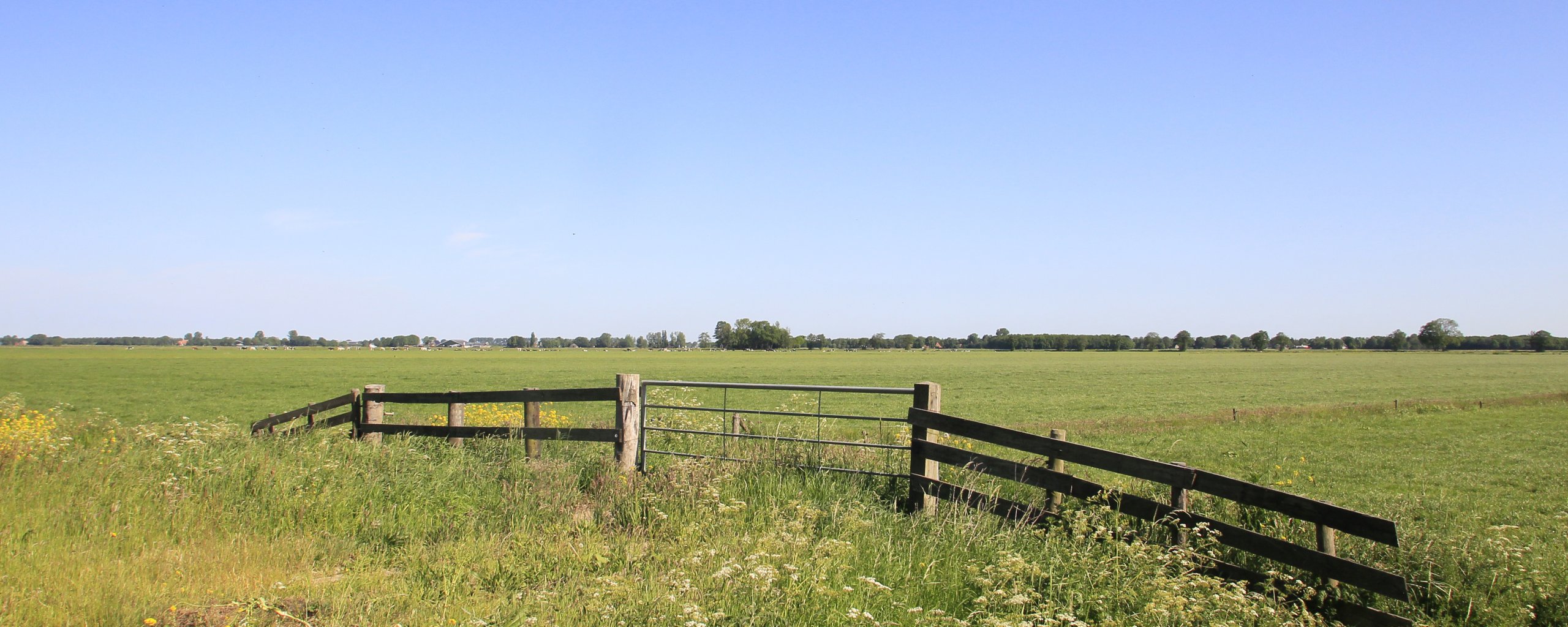Shelter or corral sign up
You can apply for a shelter or corral to protect your livestock from wolves.

To protect livestock from wolves, people can install (electric) fencing. In the municipality of Opsterland, fencing up to 2 meters high is allowed, as a separation of yard or plot. This does require an environmental permit. Nevertheless, these fences are not always a good or feasible solution.
Another way to protect livestock is to build a shelter house or install a corral with electrical protection. However, these structures are allowed only within a building plane. Outside the building plane, they are contrary to the rules of the environmental plan. This is because Opsterland wants to prevent petrification and protect the open space in the outlying area.
On February 24, 2025, the Opsterland City Council adopted the motion "Action Against Wolves. This requests the college to allow temporary shelters outside the building area. In response to the motion, the college decided not to take enforcement action for two years (April 1, 2025 - April 1, 2027) against the realization of shelters and beads for livestock to protect against wolf attacks outside building sites.
More information?
